Celebrating A Year of Brain Health: I Want To Hear From You!
Plus, a flexible recipe for Butternut Squash and Coconut Curry
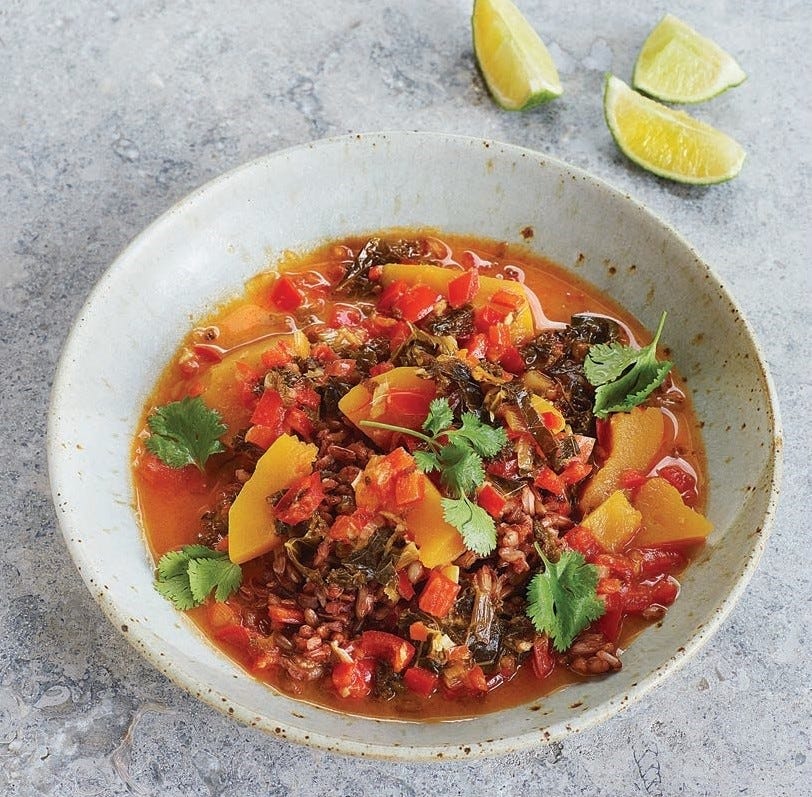
Hello, everyone. As you know, I often refer to you (the subscribers of this newsletter) as Brain Health Ambassadors. That’s because you take your brain health seriously and spread the word with others. You are leading the movement that values healthful aging and a proactive approach to protect your memories and your brain. For this reason, I don’t see BHK as simply a newsletter or you as a group of subscribers. I see us as a group of like minded people united by common experiences, goals, and hopes for the future. We are food lovers, too, of course! Most of us love trying a new recipe, riffing on it to make it our own, and sharing beautiful food with others. (Today I am inviting you to riff on this veg-forward curry, recipe below.)
The first newsletter of the month is always free.
Please share!
Can you believe the BHK community on Substack is turning one this month?
When I started teaching brain-healthy cooking classes in my kitchen many years ago (almost 10!), the concept of building a community around proactive aging was in its infancy. I never dreamed I’d have the opportunity to impact the health of so many. Now, here we are—you, me, the BHK community—a vibrant, interactive, group of inquisitive people having fun while taking care of our brains.
I want to celebrate YOU and your successes!
Let’s celebrate by taking stock of what we’ve learned this year. I have heard from so many of you how cultivating a brain-healthy lifestyle has changed your life. I’d love to hear about meaningful takeaways for you since becoming a Brain Health Ambassador. Was there a particular post that galvanized you to improve your health? (The cholesterol series sure seemed to hit home.) Were you empowered to have a frank conversation with your physician about brain health or menopausal hormone therapy? Did you find a way to talk to the young adults in your life about brain health? Did you take to heart the importance of staying on top of your blood pressure, getting enough leafy greens, exercising, and boosting protein and calcium intake? Is there a favorite ingredient or recipe you’d like to shout out?
Here’s how and what to share
I want to hear about your successes and your brain health wins. I want to hear about your ongoing challenges, too. Leave a comment below, send me a private message by replying to this email, or message me on Instagram. Include photos, if you like!
Some things you could share:
Did you have a favorite recipe? Did you modify it in any way?
Did you discover a new ingredient? I know a BHA who can’t get enough black beluga lentils since discovering them on page 150 of my book. He often enjoys them with breakfast!
What brain-healthy habit did you start? Or did you stop any habits?
What has becoming a Brain Health Ambassador meant for you?
I’ll report back next week in an anniversary post so we can celebrate together, as a community, this unique and fascinating brain health journey. Plus, I have some special perks and surprises for you that I cannot wait to share.
RECIPE: Butternut Squash and Coconut Curry
On cold nights when I don’t have a lot of time to cook, I crave a steaming bowl of this veg-forward curry. When I created the Butternut Squash and Coconut Curry for my book, I was aiming to give you a substantial vegetarian main dish that comes together in under half an hour, all in one pot. Then all you need to do is warm up leftover rice or use the pasta method to boil the rice while the curry simmers.
Since then, I’ve made this dozens of times, and each version is slightly different depending on what I have on hand. So, it fits perfectly into the concept of a flexible recipe template I told you about in this post. Here’s the orginal recipe. Find the recipe template and suggestions below.
Serves 4 to 6
Ingredients:
1 cup whole-grain red or brown rice, rinsed
One 13.5-ounce can unsweetened coconut milk
2 large red bell peppers (12 ounces total), diced (about 2 cups)
1 bunch scallions, white and light green parts thinly sliced
One 1-inch piece fresh ginger, grated (about 1 tablespoon)
2 large garlic cloves, minced (about 2 teaspoons)
2 to 4 tablespoons Thai red curry paste (more for a spicier curry)
4 cups vegetable stock, chicken stock, or water
1 small butternut squash (about 1 pound/, peeled, cut in half lengthwise, seeds removed, and cut into ½-inch half- moons
2 cups thinly sliced kale leaves, fresh or frozen
2 tablespoons fish sauce
1 loosely packed cup fresh cilantro leaves and tender stems, chopped, plus more leaves for garnish
¼ cup fresh lime juice
Lime wedges
Instructions:
Bring a large pot of salted water to a rolling boil. Stir in the rice and let it boil, uncovered, until the grains are tender but still chewy, 25 to 35 minutes. Drain and return to the pot. Cover and set aside until the curry is done.
While the rice cooks, make the curry. Scoop 2 tablespoons of the coconut cream from the top of the can of coconut milk and melt it in a large pot over medium heat. Add the bell peppers, scallions, ginger, and garlic and cook, stirring often, until the vegetables are fragrant and soft, about 2 minutes. Add the curry paste and stir continuously until you have a smooth paste, about 1 minute. Slowly whisk in the remaining coconut milk and the stock. Increase the heat until the mixture is gently bubbling, then stir in the squash.
Reduce the heat to a gentle simmer, cover the pot, leaving the lid ajar, and cook, stirring often, until the squash is just tender, 22 to 30 minutes. Add the kale and cook until tender, about 5 minutes. Stir in the fish sauce and keep warm on the stove over low heat.
Just before serving, stir in the cilantro and lime juice. Scoop ½-cup servings of rice into shallow bowls, spoon the curry over top, and sprinkle with cilantro leaves to garnish. Serve with lime wedges on the side.
Template: Protein + Veg + Leafy Greens + Flavorful Curry Sauce + Grains
As you can see, a bowl of this curry includes many brain-healthy food groups. Here, I’m giving you ways to boost the protein content, swap in seasonal vegetables, and expand your repertoire of grains beyond rice.
Variation ideas:
Add protein: The easiest way to add protein is to slide 1 cup silken tofu (cut into cubes) into the pot in the last 5 minutes of cooking. If you prefer the contrast of crispy tofu with the creamy sauce (also very good), use extra-firm tofu you’ve pressed and pan-fried or baked in the oven until crispy; add just before serving.
Shrimp is another easy add-in. Choose 1/2 pound (about 15) large wild-caught shrimp (if you are in the U.S., choose domestic), cleaned and deveined. Add to the curry in the last 5 minutes of simmering or until the shrimp is opaque.
Swap in other vegetables: Instead of red peppers, swap in 2 cups of another vegetable that tends to cook quickly—broccoli and cauliflower florets, asparagus (cut into thirds), colorful carrots (cut into 2-inch pieces), sliced mushrooms, tiny potatoes.
Change up the squash: Delicata squash is my favorite. Its edible soft skin requires no peeling, just slice into half moons and simmer until tender. If you can find red kuri squash, its vibrant red flesh makes a beautiful curry.
Leafy greens: Swap in fresh or frozen spinach, collard greens, or Swiss chard leaves, cut into slivers.
Grains: The recipe calls for red or brown rice but also think of forbidden (black) rice, which cooks in the same amount of time, or quinoa (which boils in 12 minutes). Bulgur wheat is a quick option—just pour boiling water over the grains and fluff after 20 minutes. If you are in the habit of cooking grains in bulk to have on hand for meals (highly recommend!), your grain options open up: farro, barley, wheatberry, freekeh.
Broth: If you don’t have homemade or store bought broth or stock, swap in water instead. To reduce the amount of saturated fat, substitute unsweetened almond, cashew or soy milk for half the coconut milk.
Our next Founding Member Kitchen Chat is Monday, December 11
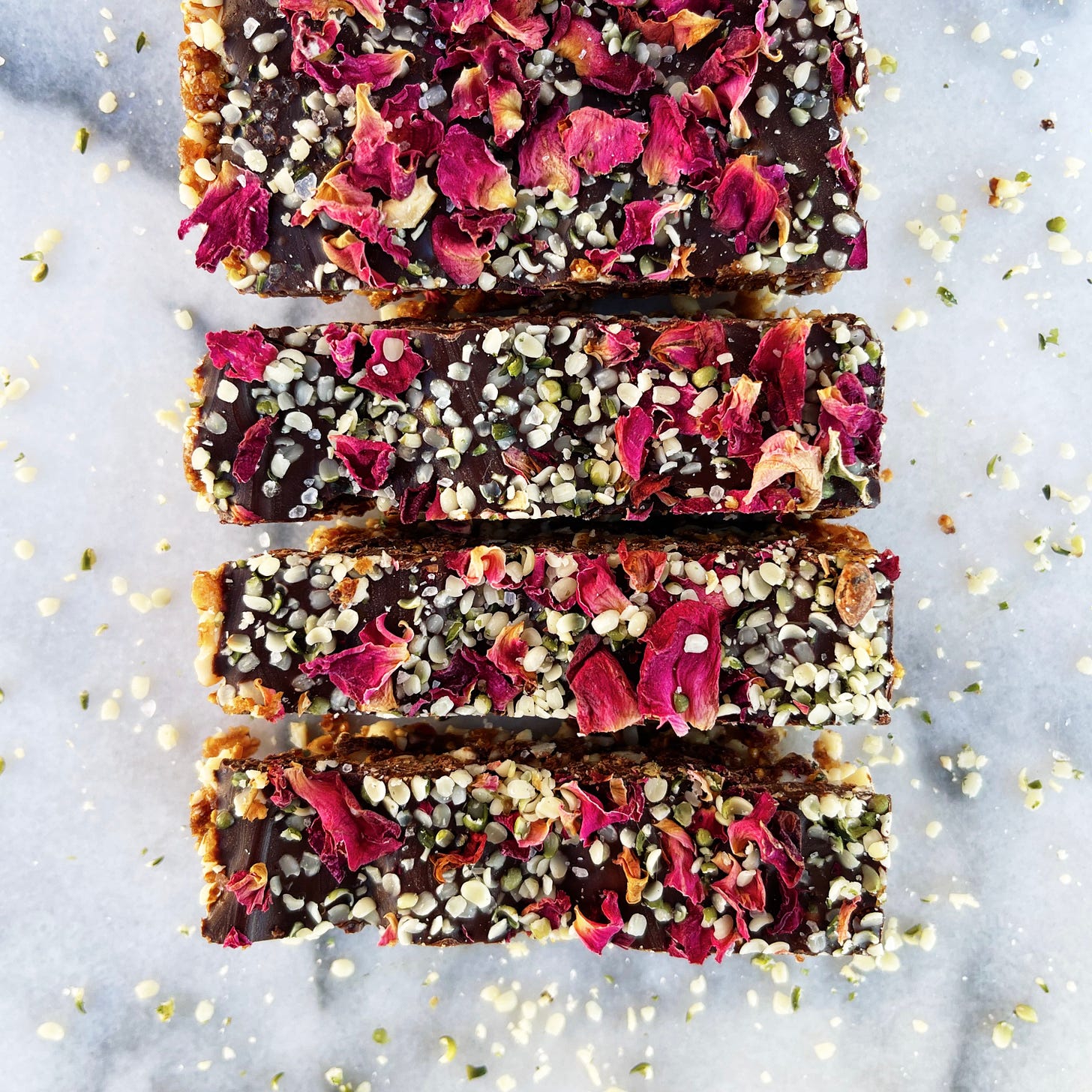
If you’d like to join the Kitchen Chat next week, sign up or upgrade your subscription to Founding Member by 12 pm MST Sunday, December 10. The class begins Monday, December 11 at 5 pm MST. Once you’re signed up, I’ll send out recipes and a zoom link, and you will be able to submit any brain health discussion questions you may have. We are making Fig & Almond Snack Bars plus a bonus cookie recipe I cannot wait to share.
Brain Health Retreats Update
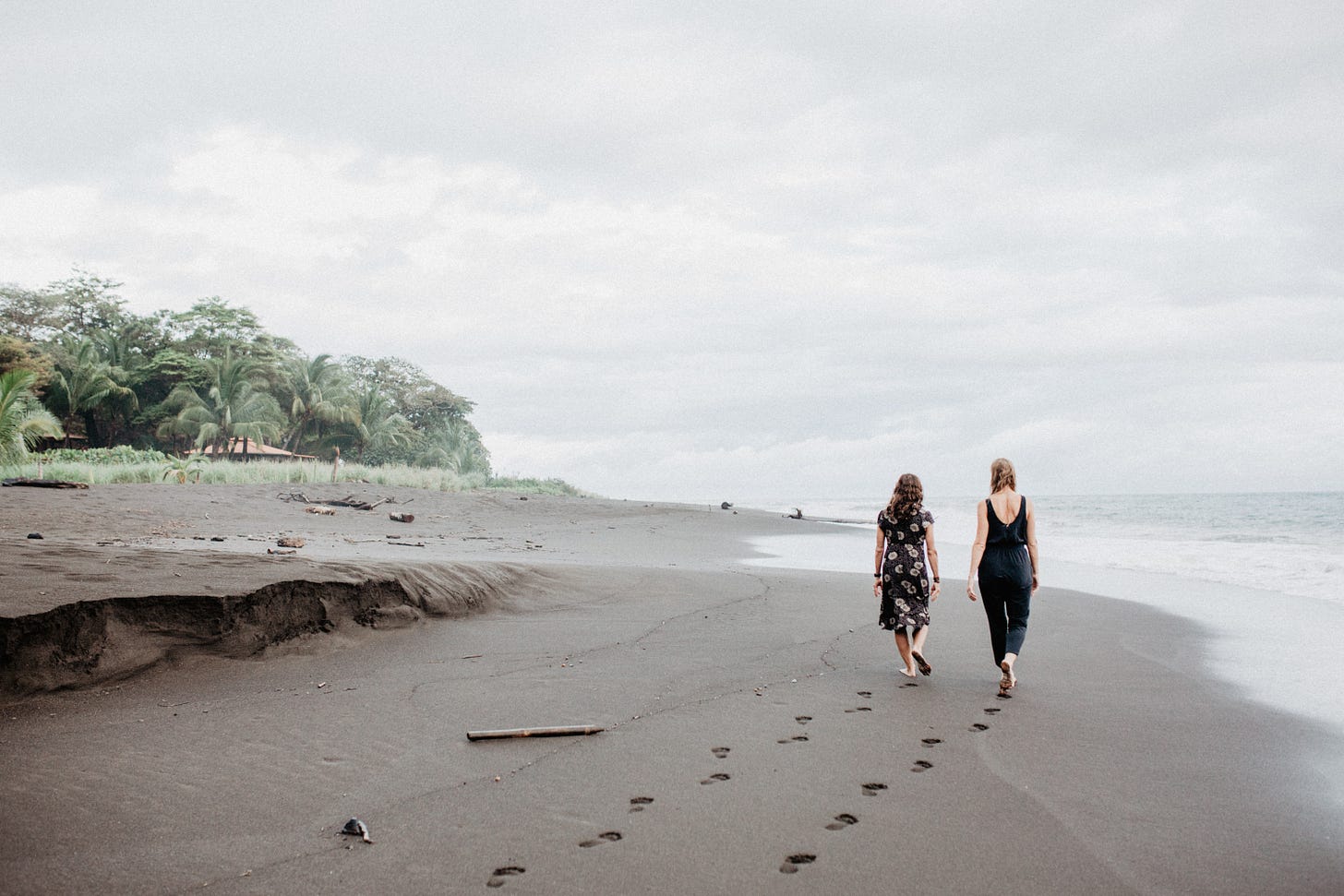
Last week, I announced a new brain health retreat to paying subscribers (who always have first dibs on snagging a spot). We are going to the blue zone of Costa Rica! This one doesn’t happen until January 9 to 14, 2025, but spots are starting to fill. So find your partner in brain health: your workout buddy, sister, mother, daughter, significant other (yes, men are welcome and often have the best time of all!) and book a casita with us in the jungle on the beach.
Explore Italy With Me


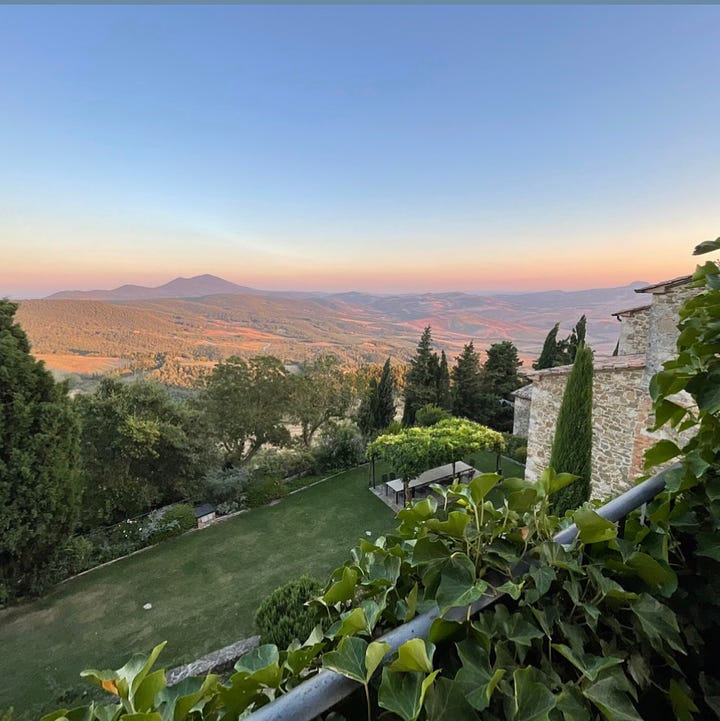
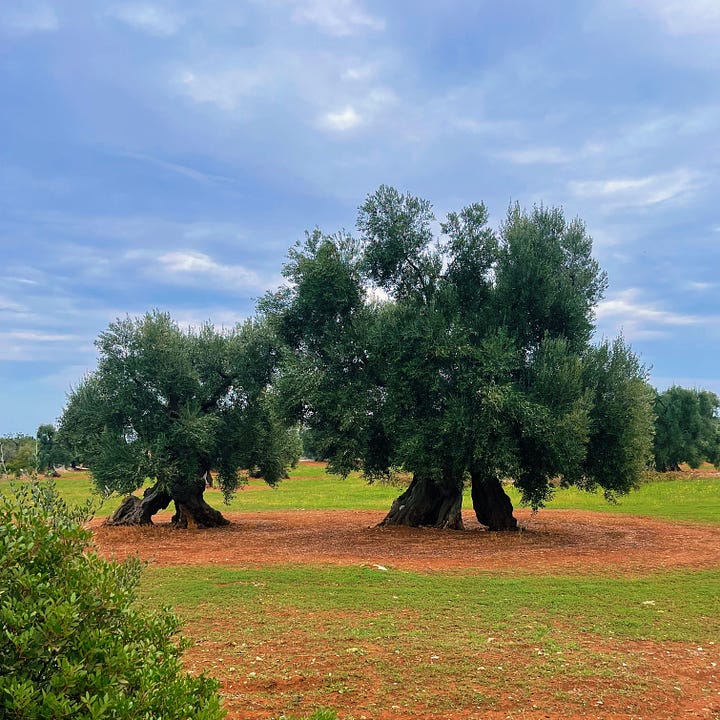
My spring brain health retreat in Puglia, Italy (April 7 to 13, 2024) filled up in record time. If you have your heart set on joining me in Italy, look for next week’s announcement of 3 new retreats in the fall of 2024. As always, paying subscribers get notified first.
Cook With Me in Mexico

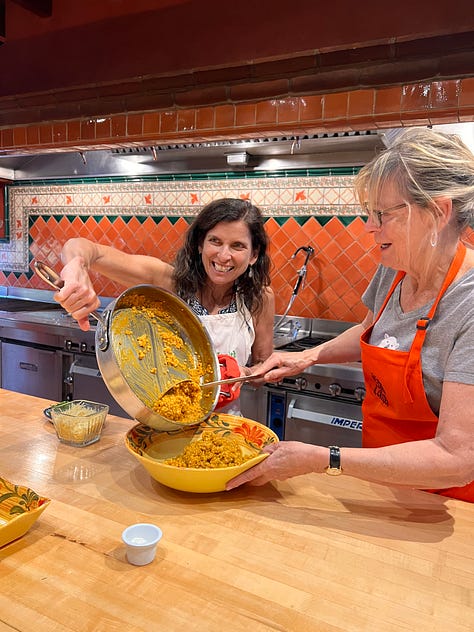
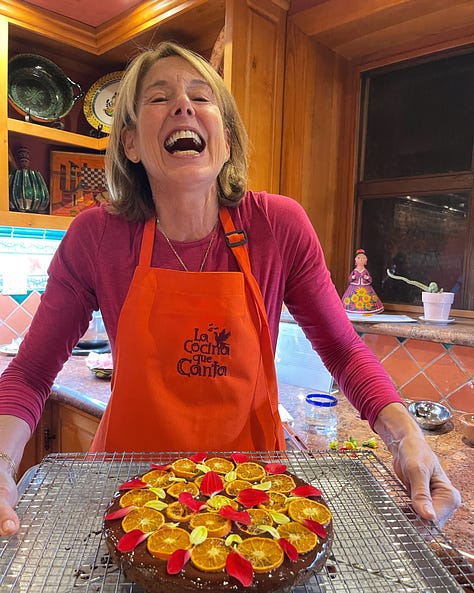
Rancho La Puerta is a magical place in the mountains of northern Baja California with a 5-acre organic garden and gorgeous teaching kitchen. I’ve been joining this wellness destination as a weeklong visiting chef twice a year since 2015. I would love to have you join me there in 2024: March 2 to 9 and November 9 to 16. Book directly through them here.
That’s all for today! I hope you are enjoying your weekend. And remember, I am working on getting all your sleep questions answered for an upcoming post. If you missed our sleep discussion, catch up here. Leave a message below if you have a sleep issue you’d like me to address.
Love,
Annie




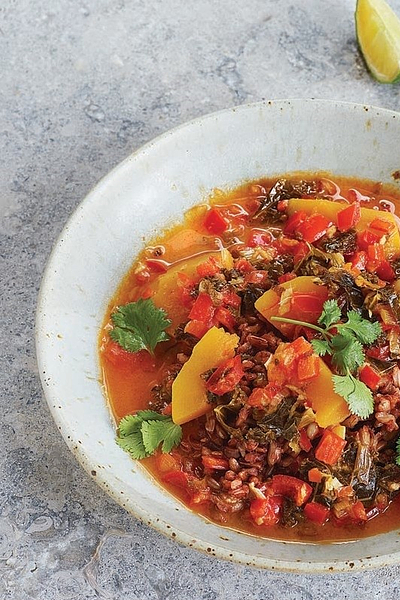
I've learned so much this past year from the BHK newsletter and Instagram posts! Most significantly your work has encouraged me to be more proactive with my health. As I round the bend toward 50 I am learning to be more assertive with my doctors and thorough with my own health education so I can be clear about my goals and get the support I need. As a cooking teacher myself, I especially appreciate that your approach to food is centered around nutritious food that is delicious; you do a great job of focusing more on what to add vs. what one "can't" or "shouldn't" have. I'm so grateful for your work!
To be honest, before BHK I hadn't realised just how much of an impact diet can have on the brain and prevention of diseases, so although there is no one takeaway, there is a massive overall takeaway from reading BHK. thank you!